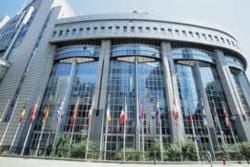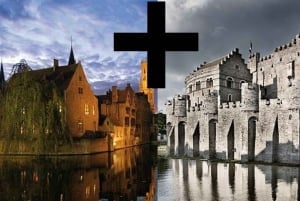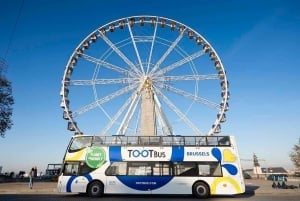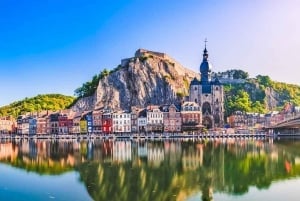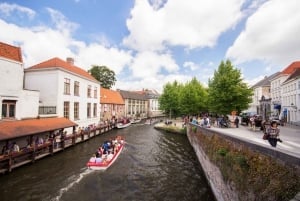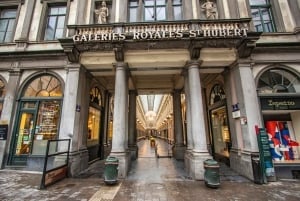European District
Capital of Europe, the European Union and the 27 states it composes, Brussels incorporates all major European institutions: the Commission, the Council of Ministers and the European Parliament.
EU officials have invested east of the centre so, forget the typical mansions and instead look out for modern buildings, symbols of a city in constant mutation and of a progressive Europe. Formerly called "Leopold District," this area now functions completely on European time and from Luxembourg Square to the Schuman (Who is Schuman ?)roundabout, you will mainly come across European officials. Without the activity of the week, it’s true that the European quarter doesn’t have a huge amount of interest at the weekend as the streets are quiet… even sinister. For a touch of life, its best to head across Archimedes Street where you’ll find some bars and can try a local beer.
After a free tour of Parliament, we advise you to explore the Musée des Sciences Naturelle (Natural Science Museum) and the Wierts Museum at the heart of Leopold Park.
The European quarter is also home to a beautiful park, Parc du Cinquantenaire (Cinquantenaire Park). It was created in 1880 to host an exhibition celebrating fifty years of Belgian independence. Nearby, you can visit the various museums: the Musée du Cinquantenaire( Cinquantenaire Museum), the Museum of Army and Military History, Autoworld and the Cauchie House.
If you like parks, we recommend Marguerite, Ambiorix and Marie-Louise squares. Located near the European district, these squares plunge you into a different universe. They are surrounded by beautiful homes including a splendid example of Art Nouveau in Saint-Cyr House, at number 11, Ambiorix Square. Two other architectural achievements at numbers 2 and 4 on Palmerston Avenue also deserve a small photo. They represent the hotel Delhaye and the Hotel Van Eetvelde respectively.


